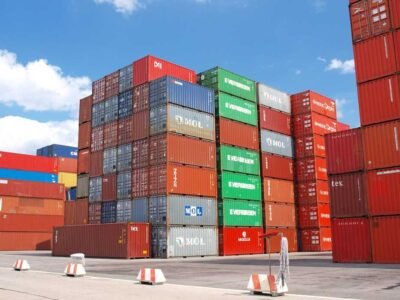Introduction
Assigning IP numbers to devices is one of the most important tasks in the vast world of computer networks. Manually giving out and managing IP addresses can take a lot of time and lead to mistakes, especially in big networks. Dynamic Host Configuration Protocol (DHCP) is used to do this. DHCP is an important part of the infrastructure of a network. It makes it easier to handle IP addresses and makes it easier for devices to talk to each other. In this piece, we’ll look at what DHCP is for in networking and what it can do for you.
Understanding DHCP
DHCP is a standard network protocol that automatically assigns and configures IP numbers and other network settings like subnet mask, default gateway, and DNS server addresses. Its main goal is to make the process of giving out IP addresses easier and get rid of the need for manual setup.
Efficient IP Address Assignment
The efficient assignment of IP addresses to devices on a network is one of the core purposes of DHCP. Instead of manually assigning IP numbers to each device, DHCP pulls them from a pool of addresses that have already been set up. This gets rid of the chance of address conflicts and lets IP numbers be used as well as possible.
Centralized IP Address Management
DHCP makes it possible to handle IP addresses centrally. A DHCP server keeps a pool of available addresses and gives them to devices that ask for them. This centralised method has a number of benefits:
- Simplified Administration: From a central DHCP server, network managers can set up and manage IP address pools, lease durations, and other network parameters. This reduces the amount of work they have to do and makes sure that the network is consistent.
- Scalability: DHCP works with networks of different sizes, so it can be used for both small home networks and big business networks. It can handle thousands of devices with ease and assign IP numbers on the fly as devices join or leave the network.
- Flexibility: DHCP makes it easy to change IP numbers and other network settings. For example, if a device needs a different IP address, it can just ask for a lease extension, and the DHCP server will automatically give it a new address.
Network Configuration Efficiency
DHCP does more than just give out IP addresses. It also automatically sets up different network settings. When a device enters a network, it can ask for and get an IP address, as well as the subnet mask, default gateway, and DNS server addresses. This makes it easier to set up devices and lowers the chance of configuration mistakes. This makes sure that devices can connect to the network quickly and correctly.
Dynamic IP Address Management
DHCP uses a method called “lease-based system,” in which devices are given temporary access to IP addresses for a certain amount of time. This way of giving out IP addresses lets networks make good use of the address space they have by reusing addresses that are no longer in use. When a device gives up its lease or disconnects from the network, its IP address is free for other devices to use. Dynamic IP address management makes it much easier to use IP addresses and gets rid of the need for set IP address assignments, which can be hard to keep track of.
Read Also: Which Goals are available in Google Analytics
Conclusion
Dynamic Host Configuration Protocol (DHCP), which makes it easier to handle IP addresses and network configuration parameters, is an important part of networking. By simplifying the process of assigning IP addresses and centralising their management, DHCP makes network management easier and makes sure that IP address space is used well. Its dynamic nature gives it the ability to be flexible and scalable, which makes it a very useful tool for both small and large networks.
With DHCP in place, network administrators don’t have to spend time manually assigning IP addresses. Instead, they can work on higher-level jobs like optimising the network and making sure it’s safe. As networks continue to change and grow, DHCP remains an important protocol that makes it easier and better for devices to connect to each other. This makes communication easier and network processes more efficient.


















Comments